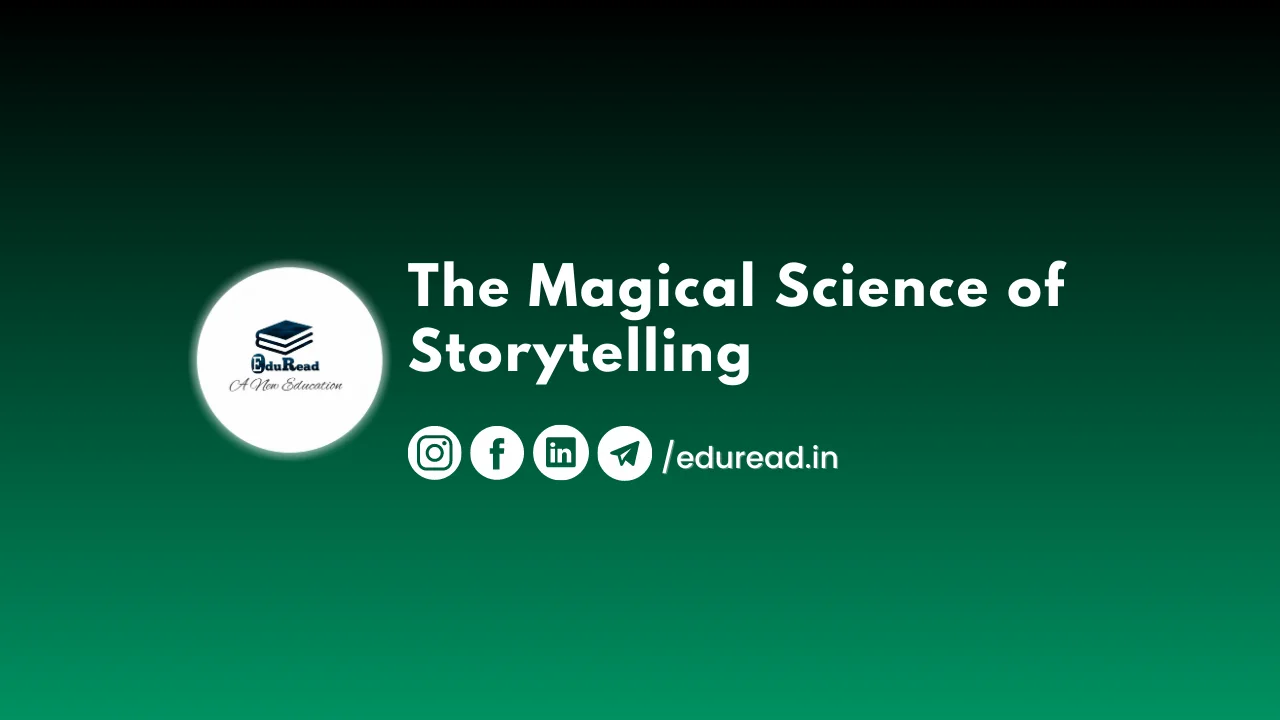Storytelling is a magical art that has been around for centuries. It has the power to captivate audiences and transport them to another world. But what is it about storytelling that makes it so effective? Is there a science behind the magic?
At its core, storytelling is about connecting with others through the power of narrative. We all have stories to tell, and when we share them, we create a bond with our listeners. But there is more to storytelling than just sharing anecdotes.
In recent years, researchers have started to study the science of storytelling. They have found that stories activate different parts of our brains, which helps us to remember information more easily. This is because stories are more engaging than dry facts and figures. They help us to make sense of complex ideas and concepts by presenting them in a way that is easy to understand.
But storytelling isn’t just a way to communicate information. It is also a way to connect emotionally with others. When we tell stories, we create a shared experience with our listeners. We take them on a journey with us, and they become invested in the outcome of our tale.
This emotional connection is what makes storytelling such a powerful tool in marketing and advertising. By telling a compelling story, brands can create a connection with their customers that goes beyond the transactional. They can create a sense of loyalty and trust that can lead to long-term relationships.
But storytelling isn’t just for businesses. It is a tool that can be used by anyone, in any situation. Whether you are giving a presentation, interviewing for a job, or just having a conversation with a friend, storytelling can help you to connect with your audience and make a lasting impression.
So what makes a good story? There is no one answer to this question, as every story is unique. But there are certain elements that tend to make stories more engaging.
First and foremost, a good story needs a strong narrative arc. This means that it should have a clear beginning, middle, and end, with a well-defined conflict and resolution.
Second, a good story should have relatable characters that the audience can connect with. These characters should have clear motivations and goals, and they should face obstacles that they must overcome to achieve their objectives.
Third, a good story should be sensory-rich, with vivid descriptions of the setting and characters. This helps the audience to visualize the story in their minds and become more immersed in the narrative.
Fourth, a good story should have an emotional impact. It should make the audience feel something, whether it’s joy, sadness, fear, or excitement. This emotional connection is what makes the story memorable and meaningful.
Finally, a good story should have a theme or message that resonates with the audience. This could be a moral lesson, a commentary on society, or simply an exploration of the human experience.
When these elements are combined effectively, they can create a story that is truly magical. A story that can transport the audience to another world, make them laugh, cry, or feel inspired.
But storytelling is not just an art. It is also a skill that can be developed and refined. By studying the techniques of great storytellers, we can learn how to craft narratives that engage and captivate our listeners.
One technique that is commonly used in storytelling is the “hero’s journey.” This is a narrative structure that was first identified by Joseph Campbell in his book “The Hero with a Thousand Faces.” The hero’s journey is a framework that many stories follow, from ancient myths and legends to modern films and novels.
The hero’s journey involves a protagonist who starts out in an ordinary world but is then called to adventure by a mysterious force. The protagonist must then leave their comfort zone and embark on a journey of self-discovery, facing challenges and overcoming obstacles along the way. Eventually, the protagonist returns home, transformed by their experience and armed with new knowledge and skills.
The hero’s journey is a powerful storytelling tool because it resonates with audiences on a deep level. We all face challenges and obstacles in our lives, and the hero’s journey gives us hope that we can overcome them and emerge stronger on the other side.
In conclusion, storytelling is a magical art that has the power to connect us with others, engage our minds and emotions, and inspire us to be better. Whether we are sharing personal anecdotes, marketing a product, or crafting a work of fiction, storytelling is a tool that we can all use to make a lasting impression. So go out and tell your story, and see where the magic takes you.
Follow Us for more such content to improve your speaking skills:
Check out this blog to overcome the Public Speaking Fear: https://eduread.in/removing-public-speaking-fear-techniques-for-confidence-speak-new-york/
And visit us for more
